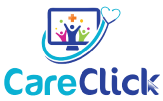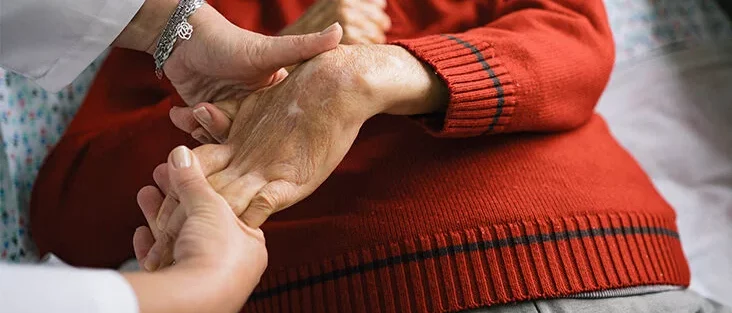Stroke is a medical emergency that occurs when blood flow to a part of the brain is disrupted or reduced, leading to brain damage. The brain requires a constant supply of oxygen and nutrients from the bloodstream to function properly. When blood flow is interrupted or blocked, brain cells can quickly begin to die, leading to permanent damage and disability. There are two main types of strokes: ischemic and hemorrhagic. Ischemic strokes occur when a blood vessel in the brain is blocked by a blood clot or a buildup of fatty deposits called plaque. This is the most common type of stroke, accounting for about 80% of all cases. Hemorrhagic strokes, on the other hand, occur when a blood vessel in the brain ruptures, causing bleeding in the brain. This type of stroke is less common but is often more severe. Risk factors for stroke include high blood pressure, smoking, diabetes, high cholesterol, heart disease, and a family history of stroke. Some risk factors, such as age, gender, and family history, cannot be modified, but lifestyle modifications such as regular exercise, a healthy diet, and avoiding tobacco and excessive alcohol consumption can help reduce the risk of stroke.The symptoms of stroke can vary depending on the severity and location of the brain damage, but common symptoms include sudden numbness or weakness in the face, arm, or leg (especially on one side of the body), difficulty speaking or understanding speech, confusion, vision problems, dizziness or loss of balance, and severe headache. Time is critical in the event of a stroke, and immediate medical attention can mean the difference between life and death or permanent disability. Treatment for stroke depends on the type and severity of the stroke, but may include medication to dissolve blood clots or surgery to repair damaged blood vessels or remove blood clots. (upload the BE FAST image here) Recovery from a stroke can be a long and challenging process, and the extent of recovery depends on the severity and location of the brain damage. Rehabilitation programs, such as physical therapy, speech therapy, and occupational therapy, can help patients regain lost abilities and learn new skills to adapt to any lasting disabilities. Prevention is the best way to reduce the risk of stroke, and it is important to know the signs and symptoms of stroke and to seek immediate medical attention if they occur. Early treatment can help reduce the severity and long-term effects of a stroke and improve the chances of recovery.

